หมวดหมู่ยอดนิยม

PCB และ PCBA

อุปกรณ์จ่ายไฟและป้องกันวงจร

หัวต่อและอุปกรณ์เสริม
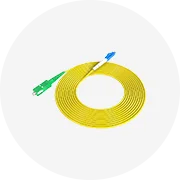
โทรคมนาคม

ระบบพัฒนา

อุปกรณ์เสริมและเครื่องใช้อิเล็กทรอนิกส์

ส่วนประกอบแบบพาสซีฟ

ไอโซเลเตอร์

ส่วนประกอบเสียงและผลิตภัณฑ์

เซ็นเซอร์

จอแสดง ป้ายแสดง และออปโตอิเล็กทรอนิกส์

RF,ไมโครเวฟและ RFID

ไดโอด ตัวต้านทานและไทริสเตอร์

อุปกรณ์ไร้สายและ IoT

Power Supplies

รีเลย์
About products and suppliers
Alibaba.com นำเสนอผลิตภัณฑ์ 152 ราคาสาย bx มีตัวเลือก ราคาสาย bx จำนวนมากให้กับคุณ เช่น สีขาว, สีเหลือง และ สีแดง
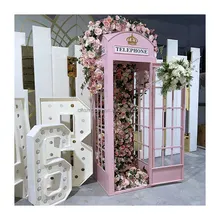
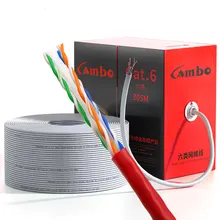
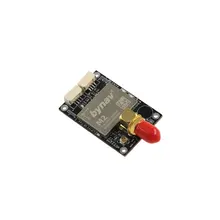






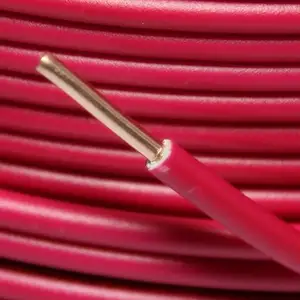



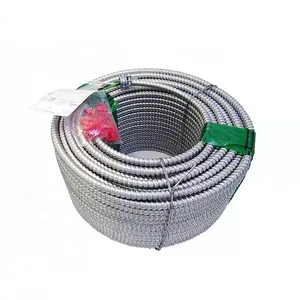










 浙公网安备 33010002000092号
浙公网安备 33010002000092号 浙B2-20120091-4
浙B2-20120091-4